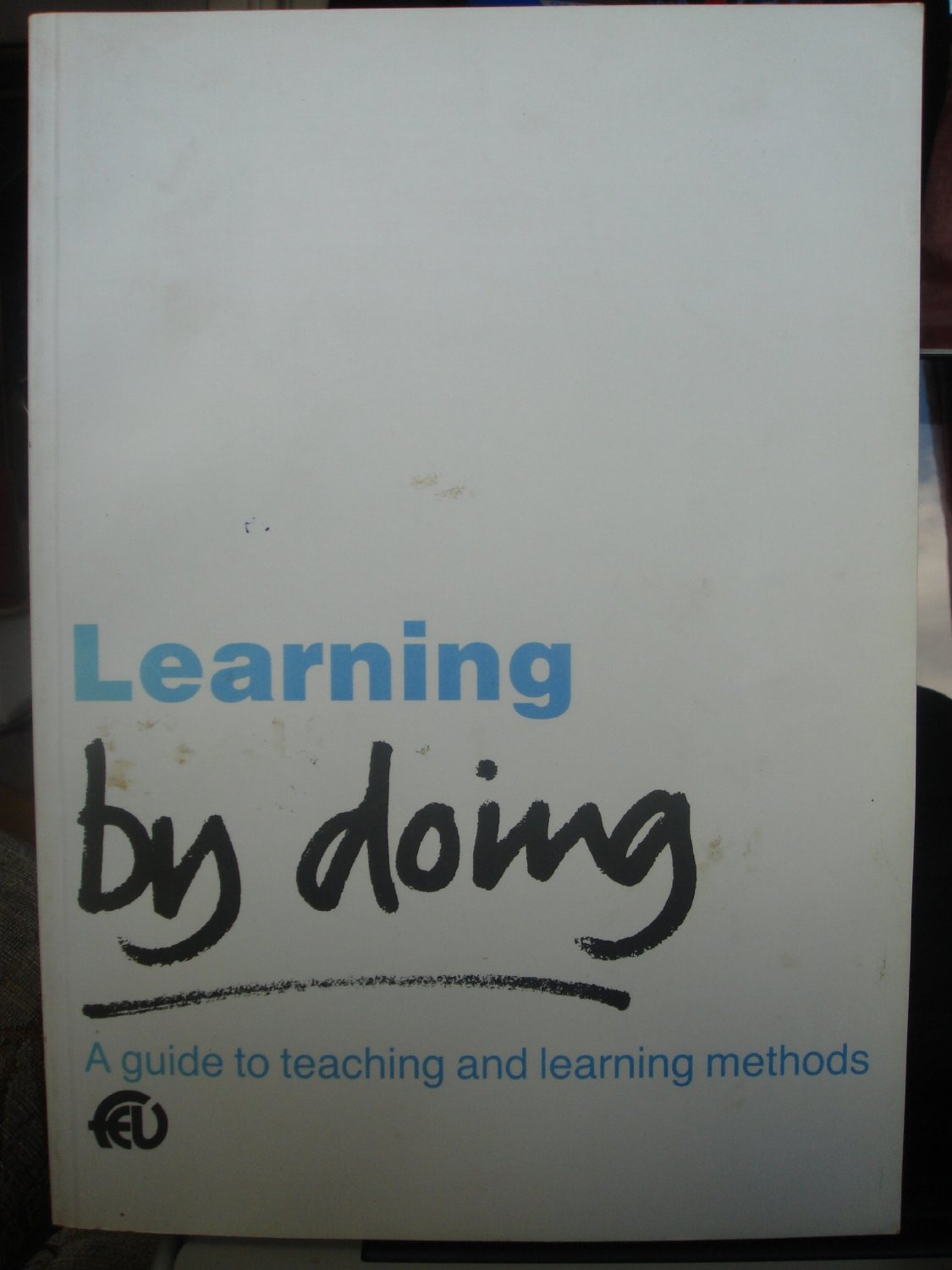 |
 |
Models of Reflection |
 |
| |
If Reflective
Practice is to become anything more than random navel gazing, it is
advisable that the reflective (teaching) practitioner employs a particular process
or model.
|
|
| |
One of the simplest
approaches to take is to consider:
|
|
| |
Alternatively,
tutors might wish to consider:
-
what knowledge,
skills or abilities are necessary to deliver a specific learning
experience.
-
to what extent do
I possess those skills?
-
what do I need to
do to develop or enhance those skills?
-
how will this
affect the way I present that learning experience?
-
what problems
might this entail that I need to anticipate and overcome?
(This approach is
based loosely on SWOT analysis.)
|
|
| |
Rolfe's framework
for Reflective Practice can be (over-)simplified as:
-
What? (Describe
the situation.)
-
So what? (Theory &
knowledge building.)
-
Now what? (How to
improve the situation.)
|
|
| |
Rolfe, G., Freshwater, D. &
Jasper, M. (2001) Critical Reflection for Nursing and the Helping
Professions: A User's Guide. Basingstoke. Palgrave Macmillan. |
|
Critical Reflection for
Nursing and the Helping Professions: A User's Guide
Rolfe, Freshwater & Jasper
Click to buy on Amazon |
|
| |
Roth (1989)
summarises Reflective Practice processes as follows:
-
Questioning what, why, and how one does things and asking what, why,
and how others do things
-
Seeking
alternatives
-
Keeping
an open mind
-
Comparing and contrasting
-
Seeking
the framework, theoretical basis, and/or underlying rationale
-
Viewing
from various perspectives
-
Asking
"what if...?"
-
Asking
for others' ideas and viewpoints
-
Using
prescriptive models only when adapted to the situation
-
Considering consequences
-
Hypothesising
-
Synthesising and testing
-
Seeking,
identifying, and resolving problems
|
|
| |
Roth, R. A.
"Preparing the Reflective Practitioner: Transforming the Apprentice
through the Dialectic." Journal of Teacher Education 40, no. 2
(March-April 1989): 31-35.
|
|
| |
Peters
(1991, pp. 91-95) describes a process called DATA that consists of four
steps:
-
Describe
-
Analyse
-
Theorise
-
Act
First, the
problem, task, or incident that the tutor desires to change is
described. The tutor identifies the context in which current practice
takes place and the reasons for changing it.
Next,
through analysis, factors that contribute to current practice are
identified. An important part of this stage is to identify the
assumptions, underlying beliefs, rules, and motives governing teaching
and learning.
The third
step of the DATA process involves theorising about alternative ways of
approaching teaching by taking the theory derived from the previous step
and developing it into a new one.
Finally,
the tutor will try out the new theory.
|
|
| |
Peters, J. (1991)
"Strategies for Reflective Practice" Professional Development for
Educators of Adults. New Directions for Adult and Continuing Education.
no.51 ed. Brockett, R. San Francisco. Jossey-Bass
|
|
| |
4 Critical Lenses
Brookfield (1995) suggests that we employ four �critical lenses� through
which to view and reflect upon our practice. These are:
-
our own view (which he refers to as
autobiography);
-
that of our students;
-
that of our fellow professionals;
-
and the various theoretical
perspectives propounded in educational literature.
Despite the fact that teachers� personal experience runs the risk of
being dismissed as �merely anecdotal�, Brookfield, whilst conceding that
�all experience is inherently idiosyncratic�, asserts that our
autobiographies are �one of the most important sources of insight into
teaching to which we have access.� (1995 p.31)
Examining our own experiences as learners as well as teachers helps us
�to uncover our most deeply embedded allegiances and motivations as
teachers.� (Brookfield, 1995; p.32)
However, in considering any particular learning experience, tutors
should not merely be asking what "worked well" for themselves (often
constrained to considerations of classroom and lesson management) but
should also be asking whether or not the learning experience was a
profitable one for their students (with regard to achievement of
learning outcomes). Additionally, tutors should consider whether
the learning experience was inclusive and motivational.
�This is why, in my opinion, the most fundamental metacriterion for
judging whether or not good teaching is happening is the extent to which
teachers deliberately and systematically try to get inside students�
heads and see classrooms and learning from their point of view.�
(Brookfield, 1995. p.35)
Talking to colleagues about what happens in our classroom (all too rare
an occurrence) may help to throw new light on our experiences; not
necessarily because it provides a solution but because it may help us to
realise that what we thought were our own idiosyncratic failings are in
fact shared by others who work in similar settings.
Similarly,
�Studying theory can help us realise that what we thought were signs of
our personal failings as teachers can actually be interpreted as the
inevitable consequences of certain economic, social and political
processes.� (Brookfield, 1995. p36)
|
|
| |
Brookfield, S. (1995) Becoming a Critically Reflective Teacher.
San Francisco: Jossey Bass |
|
Becoming a Critically
Reflective Teacher
Stephen Brookfield
Click to buy on Amazon |
|
| |
|
|
| |
 |
|
| |
|
|
|
|
|
|
|
| |
Gibbs, G. (1988)
Learning by Doing: A guide to Teaching and Learning Methods. Oxford:
Further Education Unit, Oxford Polytechnic.
|
 |
Learning by Doing
Graham Gibbs
Click to buy on Amazon |
|
| |
Useful summary of Theories of Reflection
|
|
| |
|
|
|
|
|
|
|